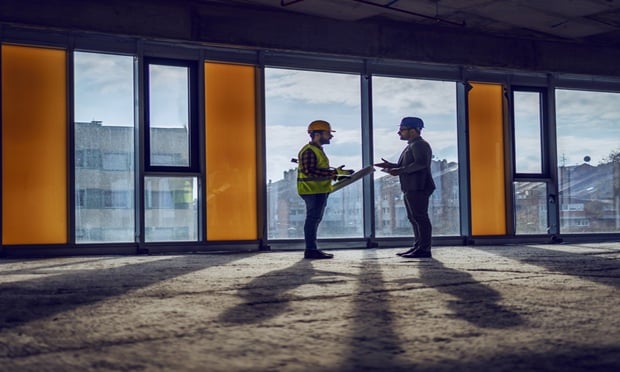There was a meeting held at New Dorp High School in Staten Island, N.Y., last night. Local and federal officials were there to answer residents’ question about the recovery effort a month after Superstorm Sandy hit.
According to local news reports, the auditorium was filled to over-capacity. The residents who attended the meeting, to paraphrase Shakespeare, came not to praise officials, but to bury them.
There is a lot of anger and frustration among people here. Recovery centers are packing their bags and moving off as winter’s chill begins to settle over the neighborhoods hardest hit by Sandy.
Many remain homeless. Others have homes, but are still without heat and hot water. Some have no home to return to.
The city set-up Rapid Relief program designed to quickly assess a homeowner’s need and get the repair work rolling. The program has not been rapid or provided much relief for many.
People are tired and incensed by the limits of government and what seems like a slow response from officials. And don’t bring up the subject of insurance. That is reserved for special bile from homeowners as they discover the limits of their coverage and the parsimonious claim payments they are receiving.
This may be a simplistic observation, but I think many people impacted by Sandy would agree, the system we have in place for dealing with disasters is stupid.
It is stupid that a month after Sandy struck people are huddling together in their homes cold and neglected.
It is stupid that people are forced to be victims twice. First, they are victims of the storm. Next, they become victims of the high cost of repairs—if they are lucky enough to find someone to do the repairs.
People here are asking why is it, after a disaster that is not of their own making, are they being forced to take on a heavy debt burden to become whole again?
Insurance is proving inadequate. Many homeowners don’t have flood coverage, and if they did, it doesn’t cover what many lost in their basements. It may come as a surprise to others around the country, but in the New York and New Jersey area, people live in their basements. They have lost everything and are receiving minimal help.
Homeowners insurers are getting mixed reviews. They’ve been slow to get out and review claims. A recent order from Gov. Andrew Cuomo instructed carriers that they need to speed up the process. It also streamlines the licensing process for public adjusters. Unfortunately, the order comes a month late and doesn’t change the reality that carriers lack the resources to do the job.
I personally can only count three carriers, Allstate, Travelers and USAA, which set-up claims centers for nearby residents in the New Dorp section of Staten Island. Yes, resources are stretched, but the response, as measured by the homeowner waiting for an adjuster and getting no answer for weeks on end, is just awful.
As for FEMA, the bottom line is that the $31,000 total grant they give for additional housing and home repairs is simply inadequate to make a homeowner whole. If there is more grant money available, victims are not being told about it and, for some, the process is taking too long.
Sandy has once again spurred talk about setting up a national catastrophe fund. There is the tired opposition that contends one section of the country should not be responsible for disasters somewhere else. What has happened here, and what happened last year with Irene, shows that disasters can happen anywhere over a vast area. Sending out a lifeline to those in need should be a national priority not subject to selfish individualism.
However, creating such a program must be adequate to the need for rebuilding and making people’s lives whole again, not just planting seed money and telling someone to hope for the best.
I know for many on Staten Island, and I’m sure it is the same in New Jersey and elsewhere in New York, if it were not for the generosity of strangers who have volunteered their time and effort, many more would still be a long way from recovery.
Government officials and corporate executives like to measure success in the total amount of dollars spent. To the individual homeowner, success doesn’t come until they feel the warmth of their house and the security of a roof over their head that they can call their own.
Want to continue reading?
Become a Free PropertyCasualty360 Digital Reader
Your access to unlimited PropertyCasualty360 content isn’t changing.
Once you are an ALM digital member, you’ll receive:
- Breaking insurance news and analysis, on-site and via our newsletters and custom alerts
- Weekly Insurance Speak podcast featuring exclusive interviews with industry leaders
- Educational webcasts, white papers, and ebooks from industry thought leaders
- Critical converage of the employee benefits and financial advisory markets on our other ALM sites, BenefitsPRO and ThinkAdvisor
Already have an account? Sign In Now
© 2024 ALM Global, LLC, All Rights Reserved. Request academic re-use from www.copyright.com. All other uses, submit a request to [email protected]. For more information visit Asset & Logo Licensing.








